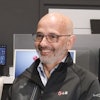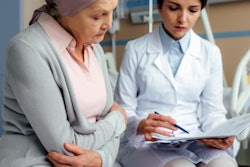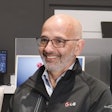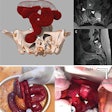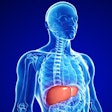
CHICAGO - Patient care and outcomes are central to radiology despite advances in imaging. This was the overall takeaway from the opening plenary session held November 27 at the RSNA annual meeting in Chicago.
In the session, RSNA president Dr. Bruce Haffty and Dr. Elizabeth Morris from UC Davis Health talked about how radiologists can take ownership of patient care and look at value-based care from the patient's perspective.
"As patients, we can all understand the way we value imaging. We've all had that sprained ankle or trauma, where the imaging tells us if the bone is broken and we yearn for that result," Haffty said. "Imaging represents objective, visible, definitive, and understandable data about the status of our health."
More patient-reported outcomes
Haffty said seeing the value of medical imaging through the patient lens is an understudied, underreported, and underappreciated topic. While technological advances have improved diagnostic imaging, Haffty added that radiologists are constrained by their own perspectives.
Patients, meanwhile, experience such things as hope, anxiety, distress, well-being, worry, and other impacts on their quality of life. Imaging results guide their treatment, as well as the impact on their loved ones.
"I've had the distinct pleasure and privilege of talking to patients on a daily basis about their imaging," he said. "I've realized from my interactions with patients how much impact and value their imaging results bring to them and their family."
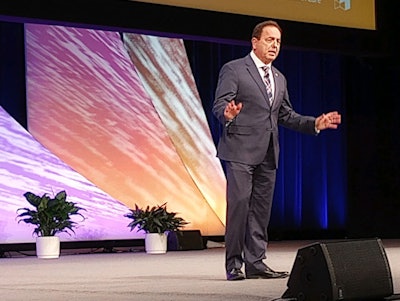 Dr. Bruce Haffty, RSNA president, talks about the importance of patient-reported outcomes in radiology by looking at the value of imaging through the lens of the patient.
Dr. Bruce Haffty, RSNA president, talks about the importance of patient-reported outcomes in radiology by looking at the value of imaging through the lens of the patient.Haffty showed a video of one of his patients from the Rutgers Cancer Institute in New Jersey, referred to as "Mr. McKirenan." McKirenan underwent surgical and therapeutic treatment for head and neck cancer and has received routine follow-up PET/CT imaging for the past 15 years. In the video, he said he calls his children about his imaging results to give them peace of mind.
"It's been 15 years now, but nevertheless it's very important for me to know. I want to be part of the solution, not the problem by sitting in silence," McKirenan said.
Haffty also pointed out that studies that have been done on patient-reported outcomes typically focus on the negative aspects such as anxiety and radiation fears.
"These are important studies that serve a purpose in raising awareness and address imaging issues," he said. "But equally important is the positive aspect of imaging on a patient's health in their medical journal."
Owning patient care
Drawing on her own breast cancer diagnosis and treatment, Morris called for radiologists to have open, honest communication with patients, as well as make way for more inclusivity.
"We radiologists hold the key to the gate for early detection and lifesaving tests," she said. "This is an area we need to own."
Morris said this is true because radiologists understand guidelines and literature on which imaging tests are best suited for different types of cancer. However, she also noted a disconnect between radiologists and patients when it comes to patient adherence to screening, including addressing social barriers.
 Dr. Elizabeth Morris shares her personal experience with breast cancer in her challenge to radiologists for more ownership in patient care, as well as better communication and more inclusivity.
Dr. Elizabeth Morris shares her personal experience with breast cancer in her challenge to radiologists for more ownership in patient care, as well as better communication and more inclusivity.Ownership also includes findings on imaging exams, Morris added.
"Who is responsible for the incidental finding?" she said. "We need to assume responsibility for our patients. They are our patients, not someone else's."
The role of radiologists today is more than just being the doctor's doctor. While this part will still be present to build bridges to other medical specialties, Morris said more patient-facing opportunities are available, such as being treating physicians.
"We do more than just diagnose; we take care of patients and manage their care," she added.
Finally, Morris challenged radiologists to be vulnerable in communicating with patients by embracing their own emotions. This can be in the form of crying with patients after a cancer diagnosis or speaking with colleagues after a hard day for example.
"Cancer taught me that we're all human and therefore all vulnerable. We all need human-to-human interactions," she said.

